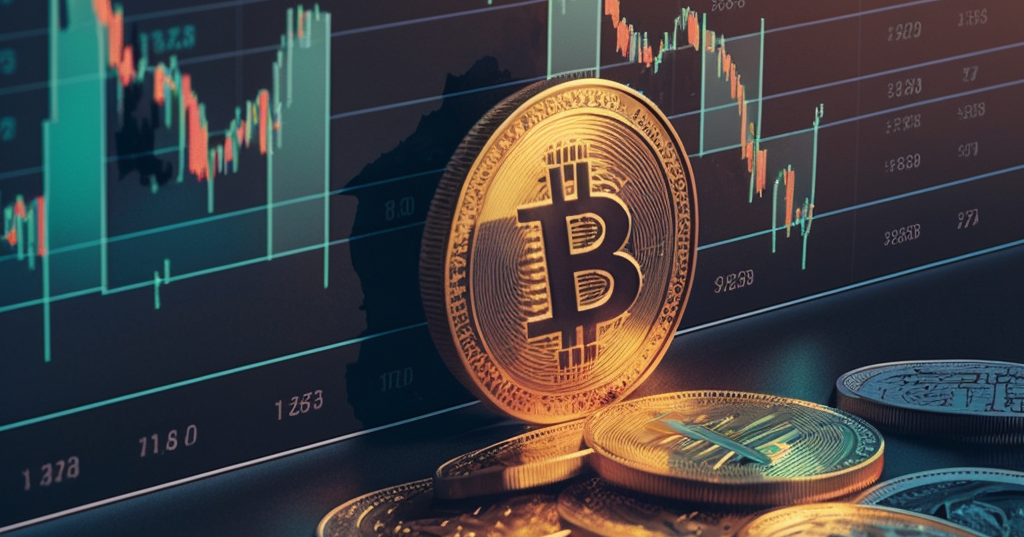What is the next battlefield for stable coins?
Foreword: Stabilizing coins is one of the most important components of the encryption world. Most of today's stable currencies are issued on the basis of US dollar support, which is not much different in nature, which leads to no real moat between them. Blue Fox notes that this is the opportunity for Dai. The author, Hasu, is translated by the “realthinkbit” of the public “Blue Fox Notes” community.
To date, dollar-based stable currencies, such as Tether's USDT, or Circle's USDC, do not pay any interest to their holders. We believe that this situation will change in 2019. Now the users of the stable currency are actually offering free loans to the stable currency provider in exchange for the service (the digital dollar bank certificate), and the different types of stable coins are not very different in this regard.
Stabilized currency providers make money by depositing customers' funds into banks and charging interest from those deposits. At the time of this writing, the five stable currencies held a total of $2.67 billion in customer deposits. At a rate of 2.5% per annum, these deposits bring in $67.5 million in annual revenue. In addition, Circle has declared: "In the future, they may also invest these French currency funds in high-liquidity, AAA-level fixed-income securities."
Conversely, if there is no interest income, then this business model does not exist. Due to the zero interest rate policy of the Bank of Japan (BoJ) and the European Central Bank (ECB), stable currencies based on the euro and the yen are completely uncompetitive.
- Rebuilding Notre Dame with Bitcoin? French Minister of Digital Affairs said that it could be considered
- Getting started with blockchain | One of the stable coin series: Why do we need stable coins?
- Depth | Financial Innovation and Currency Evolution
To assess the future stable currency market, let's take a look at today's US banking market. Although the average national interest rate of many physical banks is still 0.1% or even lower, online banks have begun to exert their strength on prices. They can provide most of the interest (currently about 2.7%) obtained from the interbank loan loan to the deposit customer to achieve this goal.
As a result, price wars, major banks such as Goldman Sachs, HSBC and Barclays, and financial technology companies such as American Express or Fortune Frontline have begun offering online savings accounts that pay more than 2.1%.
Physical banks can actually survive at much lower interest rates because they provide complementary services to customers in the form of branch banks, ATM networks, and personal support, which are also valued by customers. Their customers tend to value the personal connections and comforts offered by these local banks, while online banking customers are generally more price sensitive.
In comparison, a stable currency provider is more similar to online banking. They all offer roughly the same level of service and security, and the exit cost is small – stable currency users are not locked into any mortgage or insurance contract, and it takes only a few minutes to replace their provider.
In 2017, Tether seems to have created a new, fully regulated stable currency behind them. But by 2018, Tether did not do so much to change their image and become more transparent, and new competitors quickly lost their moat.
Because it's hard to make any real difference from your competitors, the next competitive push may be a price war after the FUD (French, fear, uncertainty, and doubt) war and transparency war. .
The stable currency provider must start paying interest to its holder, otherwise it may be out. When Gemini briefly allowed customers to buy their $1 token for $0.99, we saw this – a full 1% discount.
The easiest way to implement interest payments is to send them to all addresses every one or two months. Interest payments will begin to be market-priced, in the same way that dividends are paid before and after the bond ETF, so the holder does not have to worry about anything.
Therefore, the stable currency market is about to bring more benefits to its users, while the stable currency providers are in a relatively bad situation and their profit margins will fall. For a long time, we have speculated that the dollar-backed stable currency is in an over-investment situation because it is difficult to have any moat in this area.
In fact, running a stable currency based on net interest margin is a very fragile business model. Providers are not only vulnerable to fierce competition, but also reduce interest rates that can clean the battlefield. Despite this, the current "gentleman agreement" cannot last forever. Wait and see, which stable currency will jump out first to open the price war?
——
Risk Warning: All articles in Blue Fox Notes do not constitute investment recommendations . Investment is risky . Investment should consider individual risk tolerance . It is recommended to conduct in-depth inspections of the project and carefully make your own investment decisions.
We will continue to update Blocking; if you have any questions or suggestions, please contact us!
Was this article helpful?
93 out of 132 found this helpful
Related articles
- V God fully responds to the currency security BSV: 4 characters long text, 4 major points (full text)
- Japan's largest bank Mitsubishi UFJ Financial Group shot! Chainalysis completed $36 million in Series B financing
- The integration of bitcoin: the West is good freedom, the East is a good game
- Market Analysis: BTC continues to receive yang, platform coins appear layout opportunities
- Getting Started with Blockchain | Vision China “shows big things”, can the blockchain completely solve copyright problems?
- Market analysis | After watching for so long, it is time to turn over
- Pang Yinming: blockchain bubble fades, return to application value





